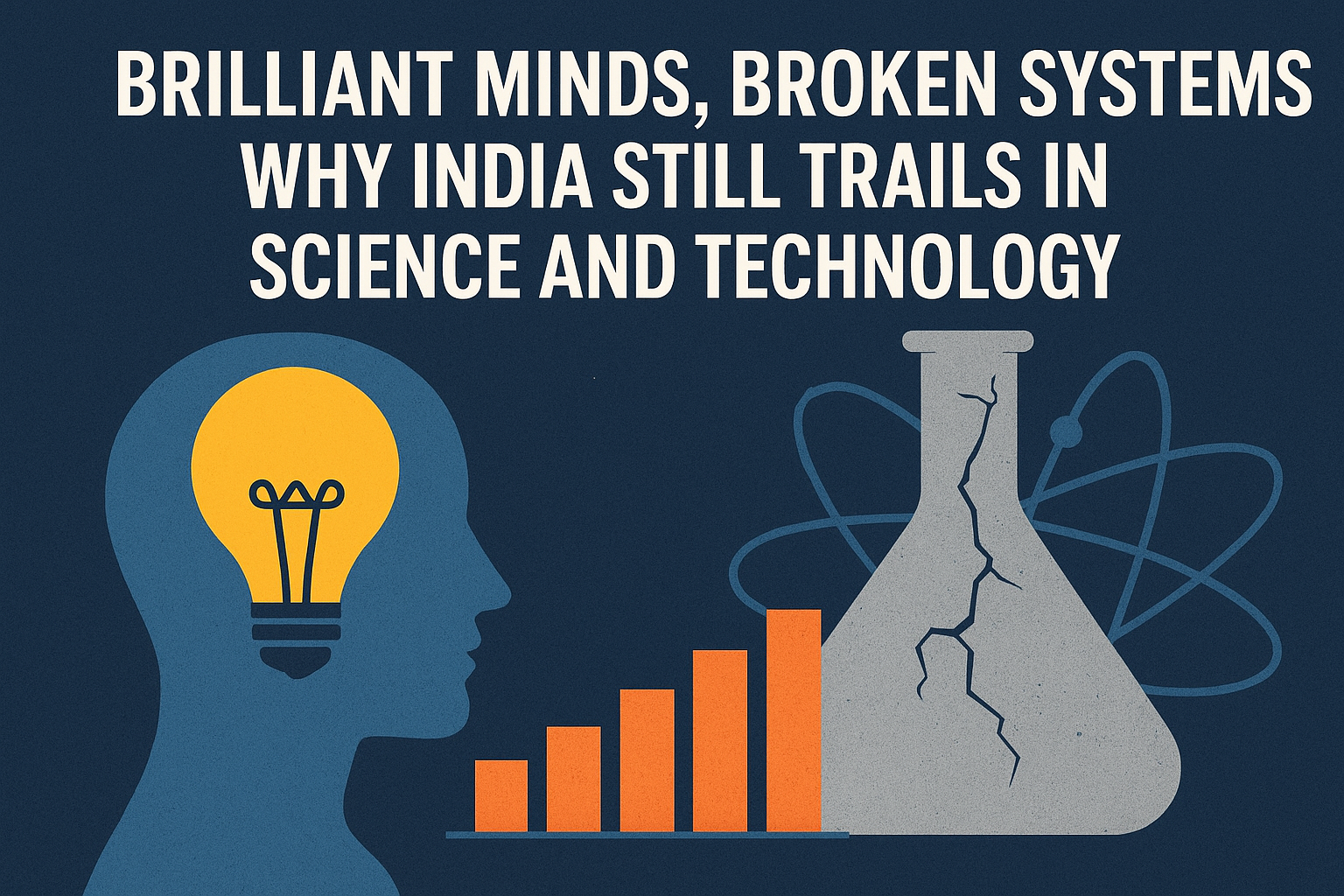
In today’s fast-changing world of technology and automobiles, rare earth elements have become extremely important. These elements, although not rare in terms of presence, are difficult to mine and are mostly controlled by one country — China. This has raised serious concerns for many countries and industries across the globe. India, too, depends heavily on China for these elements, especially for making magnets used in electric vehicles, motors, and many high-tech machines. However, recent developments show that Indian companies are now planning to change this situation.
Some of India’s leading auto component and electric vehicle companies have started working on plans to reduce their dependence on Chinese rare earths. Instead of using heavy rare earth elements like dysprosium and terbium, they are now looking to replace them with lighter rare earths such as cerium, samarium, and neodymium. Some companies are even going a step further by designing motors that do not require rare earth magnets at all.
Sona Comstar, India’s eighth largest automobile parts company, has already taken major steps in this direction. It has developed new electric motors using lighter rare earth elements. These motors are said to be more energy-efficient and could offer a long-term solution to the rare earth problem. Another company, Ather Energy, is also exploring the use of lighter rare earth materials in their two-wheeler models. Ola Electric, one of the country’s biggest electric vehicle makers, has announced that they have created magnet-free motors. These new motors are expected to be installed in their vehicles beginning from the October to December quarter.
Bhavish Aggarwal, the founder and CEO of Ola Electric, mentioned that their team has been working on these new motors for the past few years. They made faster progress after China began to cut down on its rare earth exports in April. China’s restrictions on rare earths have made it difficult for many industries worldwide to meet their production goals. Aggarwal added that Ola Electric had already made good progress and will soon start putting these motors into their vehicles.
Rare earth elements are used in many modern devices such as electric motors, smartphones, LED lights, wind turbines, and defense equipment. These materials have special magnetic and luminescent qualities, making them valuable for industries. China controls about 90% of the world’s supply and refining of heavy rare earths. Because of this, countries like India are always at risk if China decides to limit exports or increase prices. However, the good news is that China’s control is not as strong in the case of light rare earths, where its market share is between 60 to 70%. This gives India an opportunity to develop its own supply chains using these materials.
According to the International Energy Agency, the global demand for rare earths will continue to rise as the world shifts towards greener technologies. Motors used in electric vehicles, especially traction motors and hybrid starter motors, heavily depend on rare earth magnets. These motors are known for being compact, powerful, and efficient. That is why replacing them with light-rare-earth or magnet-free alternatives is a big technical challenge. But Indian engineers and scientists seem confident that with enough testing and development, they can make it happen.
Vivek Vikram Singh, CEO of Sona Comstar, explained that while there is no immediate alternative to Chinese heavy rare earth magnets, the medium-term future looks promising. He believes that light-rare-earth solutions could work well for smaller electric vehicles and even for many standard automobile components. However, he warned that it would take time to test these new motors and get customer approval before they can be used on a large scale.
The recent steps taken by Indian companies show a strong intention to become self-reliant in critical technologies. This is not just about business, but also about securing the future of India’s growing electric vehicle sector. Reducing dependence on a single country, especially one like China with which India has had complicated relations, is a smart move.
India's move to reduce its reliance on China for rare earth elements is a bold and necessary step. By focusing on innovation, alternative materials, and new designs, Indian companies are showing the world that they are ready to lead. While the road ahead is full of technical and commercial challenges, the direction is clear — India wants to take control of its future.




.jpeg)


.jpeg)




.jpeg)








